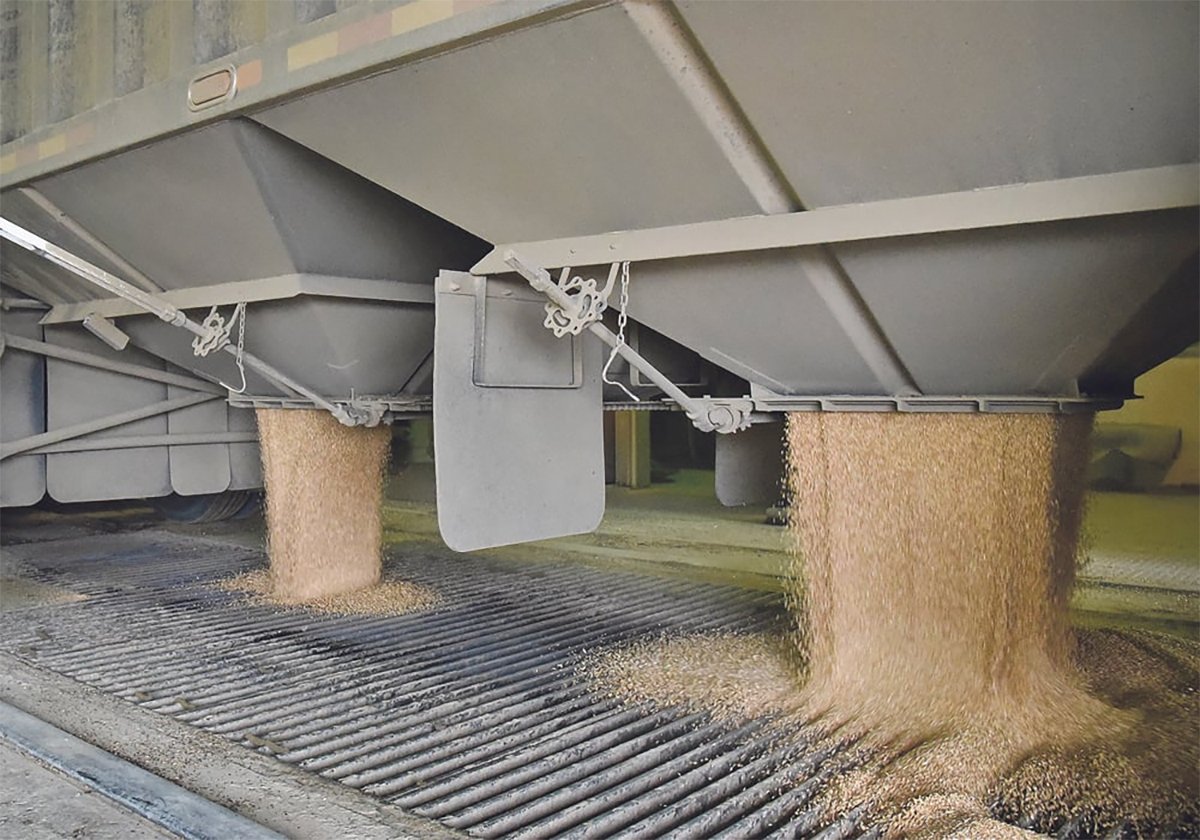Lots of economists don’t think history has much to teach us about contemporary markets – ever. They believe in rational markets that have every bit of knowable information already factored into them, so they think there’s little to be gained from studying market history. So I don’t call those economists when I’m writing stories about market history and lessons for today.
That’s why I called Scott Irwin of the University of Illinois last week when I wanted to talk to an economist who could tell me the similarities and differences between the present ag bull market and that of the early-mid 1970s, when I was buying a lot of G.I. Combat comics.
Read Also

Worrisome drop in grain prices
Prices had been softening for most of the previous month, but heading into the Labour Day long weekend, the price drops were startling.
He gave me a lot of insight, most of which couldn’t fit into a story I did for this week’s newspaper. So here’s some of what he told me, most of it unpublished:
(About the 1972-75 peak compared to 2007-11)
“The percentage change in real corn, soybean and wheat prices . . . From pre-boom to the peak levels are very similar . . . The profile looks pretty similar.”
(Comparing the moves and partial retracements after 2006 and 1972)
“They both signal led a move to to a new and much higher plateau of nominal prices.”
(Comparing the 1972-75 peak to 2007-11)
“How long did that last? Four years. How long is the current boom? Four years.”
(However, Irwin thinks there is a crucial difference that will make the peak of this market mountain wider.”
“The real game-changer is the biofuels, specifically ethanol and corn.”
“I think the true spike or boom phase will probably last longer in this episode because of the biofuels mandates and high fuel prices working together . . . If those mandates were changed that would be a game changer in the other direction. as long as our current biofuels policies remain in place and crude oil stays above $70 or $80 a barrel, then I expect the current boom to last somewhat longer than the mid-70s boom.”
(But even though it will be an extended rally, it will finally conform to historical price chart patterns as supply and demand fundamentals work their magic.”
“I fully expect that this spike eventually will look like any other short crop with a long tail market as acreage and technology catch up. I just think it is going to take a few years longer.”
(About the exceptional situation with corn, which unlike wheat has not suffered significant production problems.)
“People have gotten over-optimistic about the average yield level we can expect and what are the downside risks. 2010 was not a bad weather year. What happens if you get a bad weather year?”
(While he believes the rally will continue fora couple more years, a huge increase in supply or abandonment of ethanol mandates would kill it.)
“If we get another 2004 and we have a U.S. Average yield of 172 bushels an acre – it could happen – that would bail us out. Or there’s a policy action taken to control this . . . But everybody knows that Iowa is only two years away.”
(By ‘Iowa’ Irwin means the Iowa Caucuses, the first major step in winning a presidential nomination.)
(I heard Irwin on Bloomberg radio two days before I called him, and he referred to a “government policy bubble” in relation to not just the ethanol mandate, but also to the determination of federal officials to keep all the present acreage in the US Conservation Reserve Program within the program and not be released for production to ease the shortages.)
“I’m amazed we don’t open up some of the Conservation Reserve Program to deal with this . . . To me, that’s the great, unspoken second part of why we’re in this.”
(His reaction to the USDA February report and bullish immediate reaction to it:)
“We are in the part of the pricing-curve that in ‘economist-speak’ is highly non-linear. Small changes in stocks can have very large price impacts.”
(If the USDA report had dropped stocks by 75 million bushels from an existing two billion, ‘the price wouldn’t have even changed.’ But when stocks are at 725 million bushels and they chop ending stocks by 75 million, ‘It’s very rational for that to have a very large price impact.’)
((The main market rally is likely to be powered by corn because wheat’s problems can be more easily solved.)
“What has happened to wheat in the last year is much closer to what happened in the mid-1970s. It’s a classic short crop market phenomenon.”
(For a good example of a short crop rally andresolution look at corn in 1995-96, when prices went from two dollars per bushel up to six dollars then back to two dollars.)
“That’s the risks in the wheat market right now.”
(Wheat prices are the most vulnerable to a sharp correction because they are based on production woes, not increasing demand.)
“What happens this spring if we discover things are better than we expected in Ukraine and Russia and the Great Plains? We could go down two or three dollars per bushel in a week if that perception builds.”















